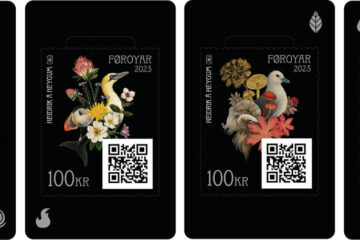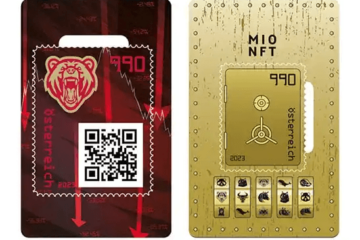In line with the global trend towards digitalization, postal services are using technologies to improve performance and offer new innovative services and products. Recently, Posts worldwide have been experimenting with distributed ledger technologies (DLTs) for issuing stamps with various types of digital characteristics.
The following taxonomy classifies stamps with digital characteristics, issued by or on behalf of a designated operator:
| Category | Characteristics |
| Digital stamp | Any stamp issued in a digital format by or on behalf of a designated postal operator. |
| NFT stamp | A stamp issued in a digital format, with or without a physical counterpart, by or on behalf of a designated postal operator. The stamp is an NFT collectible on a blockchain, and has an innovation value for traditional philatelic collectors, non-traditional philatelic collectors, and potentially new audiences including young people and digital natives. |
| Crypto stamp | A physical stamp with a digital counterpart in a blockchain issued by or on behalf of a designated postal operator. The physical stamp can be used for postal services according to its nominal value, while its digital counterpart is an NFT collectible on a blockchain. The stamp has an innovation value for traditional philatelic collectors, non-traditional philatelic collectors, and potentially new audiences including young people and digital natives. |
Crypto stamps and NFT stamps represent an innovation in philately to offer entirely new philatelic products in digital stamp art collectibles, philatelic stamp collectibles, or philatelic stamps. Innovation value lies in the security features of these new products, their overall design, value-added attributes, and, as applicable, the digital environment where these new products reside.
This taxonomy reflects today’s world of digital philately to help customers understand the types of products available and it will evolve to reflect its latest developments. Clear definitions of digital philatelic products can help communicate their characteristics promoting transparency in the market regarding their unique and differentiated features and attributes, and encouraging the healthy development of the secondary market for traditional philatelic collectors, non-traditional philatelic collectors, and potentially new audiences, including young people and digital natives.


